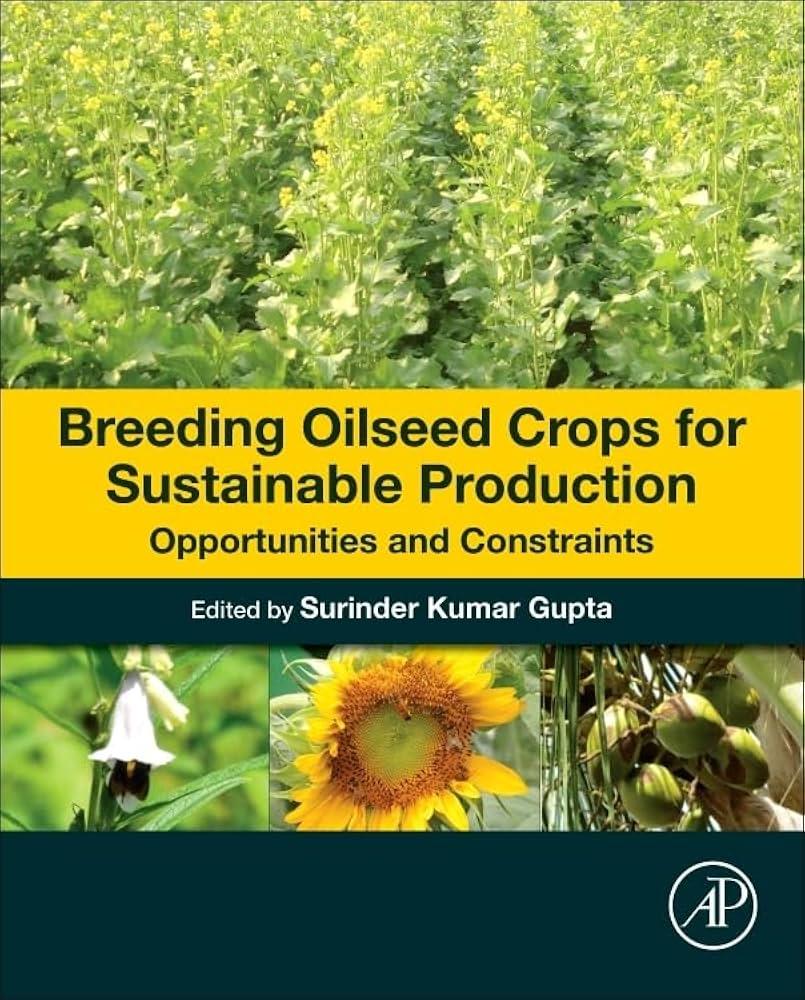The oilseed sector’s narrative, punchy as a detective novel in places and tedious in others, sways with weather patterns, political whimsies, and dietary preferences scattered across continents. In the past year alone, global oilseed production is pegged at a lofty 692 million tons for the 2025/26 marketing year—ticking up by about 2 percent compared to last season. To some readers those figures speak volumes; to others just ink on a napkin. Yet behind them lies an intricate web of farm-level decisions—from North Dakota’s frostbitten soybeans to rapeseed plots edging Central Europe.
Consider market valuation: worldwide oilseed commerce is projected at roughly USD 270–321 billion this year (variations depending on source) but expected to clear hurdles all the way up close to USD 441–461 billion before today’s toddlers reach voting age. The compound annual growth rates—hovering slightly above four percent worldwide—may not induce vertigo but do outpace certain more celebrated commodities markets these days.
In Asia-Pacific—a region that habitually sets its own table—the oilseed market chalks up about one-third of total value. The figure for Asia Pacific was clocked at USD 91.76 billion last year with projections steering toward nearly USD 147 billion by early next decade. This isn’t surprising given India’s relentless output (almost forty million tons in a single recent season), or China’s prodigious appetite that rivals even Western stalwarts in per-capita vegetable oil swallowings.
Soybeans serve as grand marshal of this parade; they command nearly mythical status from feedlots outside São Paulo straight through Chinese crushing mills humming day and night. In India though? Soybean still walks point—accounting for ninety-five out of every hundred bushels grown among all local oilseeds.
Fresh complexities keep cropping up—for instance, climate-induced volatility threatens predictable yields from both hemispheres while farmers in Brazil double-crop soybeans after corn or risk switching crops entirely if global prices sour faster than milk left out overnight.
Production volume doesn’t always march together with domestic consumption rates though—a crucial aspect driving trade patterns tough enough to tie knots in any easy analysis. Take China: current per-capita use stands proud around twenty-nine kilograms (with Brazil nibbling closely behind), paralleling levels seen across developed nations which have plateaued amid nutritional debates ranging from cholesterol anxieties to biodiesel interests lately catching fire again.
Brazil presses onward as an export juggernaut thanks primarily to currency swings making its beans especially attractive abroad when dollars flex their muscle against weaker reals; meanwhile US growers must weigh planting decisions more carefully than ever thanks not just tariff posturing but discerning end-users looking for non-GMO designations or specific protein profiles no algorithm would randomly recommend first.
Oilseeds fuel both industry kitchens and family tables through oils destined for everything from deep fryers lining Southeast Asian high streets (where palm has foothold) down through European delis seeking traces of sunflower seed origin labeling laws only bureaucrats could love.
Sometimes trends bluntly contradict rational forecasts too—I mean look at per-capita vegetable oil usage tapering off among certain wealthier nations just as middle classes throughout Southeast Asia discover the joys—and long-term risks—of restaurant-fried treats previously regarded mostly foreign fare.
Trading undercurrents merit attention of their own: India leads far-flung import statistics now—not producing quite enough within her borders despite vast sown acreage—and leans heavily on Indonesian palm shipments which come bundled sometimes with environmental rhetoric concerning rainforest clearing nobody can unpack without getting fingers sticky.
But underlying drivers shift unexpectedly: consumers’ interest flickers between cold-pressed artisanal bottles imported weekly into Tokyo grocery chains and massive industrial purchases ensuring supply chains don’t catch colds every time geopolitics sneezes.
In North America, expanding demand for cooking oils—led by both home cooks tired of lard traditions and food processors chasing shelf stability—inspires higher output targets despite labor shortages dogging some regions like unwelcome relatives showing up unannounced during harvest season.
With all this surging forward motion there comes also absence—the silent shrinkage seen elsewhere as minor segments like flax retreat due either niche demand or logistical obstacles where infrastructure proves less robust compared to better-financed commodities jockeying prime shipping slots.
This market carries echoes of “riding shotgun”—to borrow an Americanism—in multiple economies’ growth stories even when official reports frame it dryly under ‘biofuel considerations’ or list regulatory movements by number rather than flavor.
To sum it all alike sunlight slipping over horizon lines: the story here thrives not solely on aggregate tonnage but how shifting winds (climatic or economic) send ripples outward into everyday lunches eaten oceans apart yet brought near within spreadsheets tracking flows measured sometimes literally grain by grain. Growth chugs along uneven terrain—with cyclones spinning overhead occasionally—but momentum remains palpable so long as stir-fry bowls remain empty nowhere fast.









